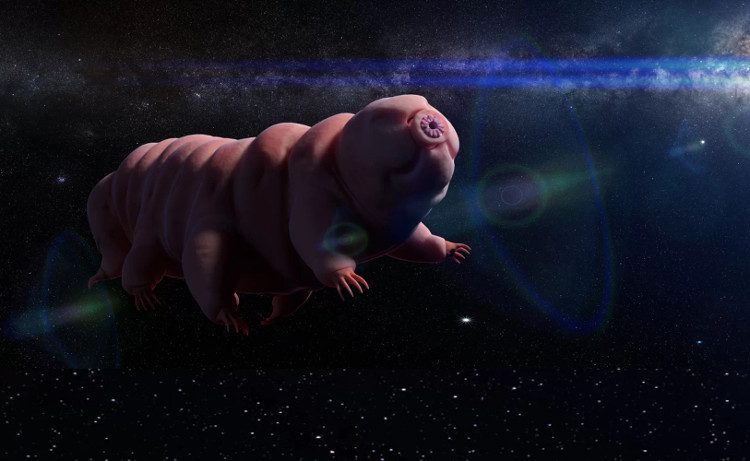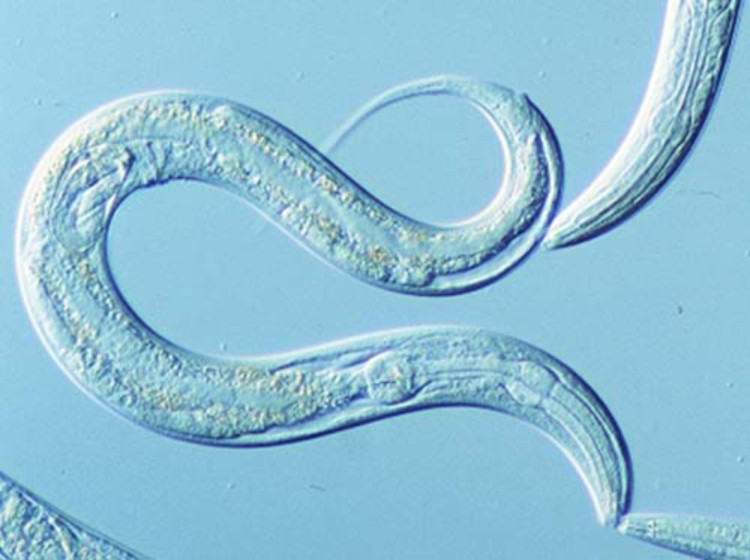The mysterious factor for the journey to the interstellar environment
People are up for the journey to the interstellar environment outside the Solar System. But the creative candidate for this trip is not a human, but a small bear.
Why is it a water bear? is an eight-legged species known for its intense life. It can survive in the harshest environments on Earth. Drop it in boiling water, in a place with extremely high pressure or extremely low temperature, nor will it die.

Water bears are good candidates for the first flight to the interstellar environment.(Artwork: Dotted Yeti / Shutterstock).
The most recent study in Scientific Reports also proved that, even when the Earth is hit by one, a strong or something happens near Earth, it cannot kill the bugs. this tiny.
Their rigidity and small size (only about a millimeter long), making them the most ideal candidates for travel outside our Solar System. And with such small size, they will conquer the interstellar space faster than manned flights.
NASA is implementing the Starlight program , which aims to use photons to bring small objects to the star near the Solar System at the speed of light. Tardigrade has a special resistance to participate in this light photon flight test.
During the trip, the environment will cause water bears to dehydrate and freeze. But when entering that state, they will roll into small balls and recover themselves. As the body condition improves, they continue to lose water and freeze, but then they continue the recovery process and like that, it seems they are not scratched at all.
The researchers found this interesting feature of the Tardigrade, and they can come out of the interstellar environment and still survive healthy thanks to the body's self-healing process.

C. elegans species with simple body structure but also high survival ability.
Meanwhile, it is also another candidate for this solar system trip. There are only about 1,000 cells in their bodies, they are made quite simply. Scientists already have a lot of genetic data and characteristics of this species.
Despite their small size and simple body structure, they can observe their surroundings and change their bodies for environmental compatibility. In addition, like water bears, they also freeze themselves and resurrect themselves after undergoing harsh conditions, causing their bodies to die temporarily.
These two animals have very small body sizes, we cannot observe it with the naked eye. Therefore, we can encapsulate it into a ship of very small size and put it into the interstellar environment at the speed of light.
Although the idea is very interesting, this program has not been planned specifically. Russian businessmen said, the ship to the nearest star, stars, will be implemented in the next 20 to 25 years.
- The latest messages from interstellar travel objects that we observe
- Interstellar objects like cigarettes' Oumuamua is considered a comet
- Interstellar material
- Mysterious asteroid suspects that the alien spaceship is
- Summary of the best news from January 1
- The intense past of interstellar traveling objects visits the solar system
- Can interstellar dust create the Solar System?
- Scan interstellar traveling objects suspected of alien spacecraft
- Suddenly discovered 'heaven gate - interstellar tunnel' on Mars
- NASA transmits its first signal from interstellar space
- Interstellar objects spread life from Earth into the universe
- Voyager 2 leaves the Solar System, enters the interstellar realm
 Van Allen's belt and evidence that the Apollo 11 mission to the Moon was myth
Van Allen's belt and evidence that the Apollo 11 mission to the Moon was myth The levels of civilization in the universe (Kardashev scale)
The levels of civilization in the universe (Kardashev scale) Today Mars, the sun and the Earth are aligned
Today Mars, the sun and the Earth are aligned The Amazon owner announced a secret plan to build a space base for thousands of people
The Amazon owner announced a secret plan to build a space base for thousands of people